u2026and 2 upgrades the Nikon D3300 is missing
The Nikon D3300 is arguably the manufacturer’s headline camera release at this year’s CES show in Las Vegas. Although the D3300 was joined by the launch of the D4S, details on that model were patchy to say the least.
The Nikon D3300 is an entry-level model that succeeds the Nikon D3200 at the base of Nikon’s DSLR tree. It offers a host of new improvements, but also misses out on a few changes to further improve on the predecessor.
Key Improvements
1. Larger ISO range
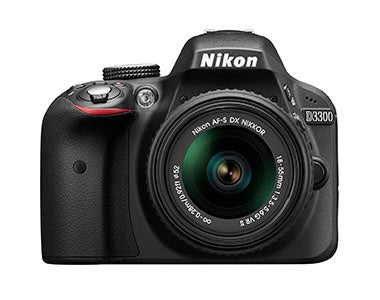
Thanks to the implementation of Nikon’s latest EXPEED 4 processor, the Nikon D3300 features a wider ISO range than the its predecessor.
Where the D3200 featured a maximum ISO of 6400 (extendable to ISO 12,800), the D3300 now features a maximum ISO of 12,800 (extendable to ISO 25,600).
2. Faster continuous shooting
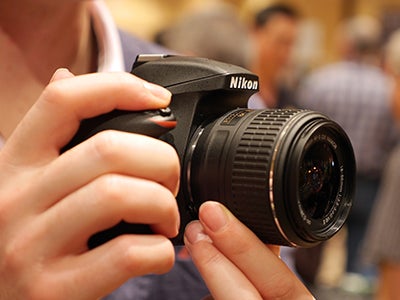
The new EXPEED 4 processor results in another benefit in camera performance, namely an improved continuous shooting speed.
The D3300 is now capable of shooting 5fps, up from 4fps on the D3200 and 3fps on the D3100. This new top speed puts the model up there with the very fastest entry level DSLRs on the market.
3. Removal of the optical low pass filter
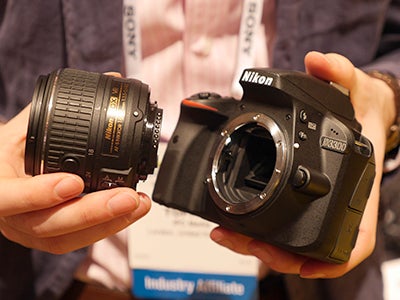
While the sensor’s resolution remains the same as on the D3200, it does feature one change in comparison to its predecessor.
The D3300’s sensor sees the removal of the optical low-pass filter, and as a result should provide improved resolution and a higher level of sharpness.
4. Smaller

Although the general design of the camera has hardly changed, Nikon claims that it is in fact 30% smaller and around 25% lighter than the Nikon D3200.
This is mostly achieved through the utilisation of carbon fibre in place, along with a new kit lens. Speaking of which…
5. New Kit lens
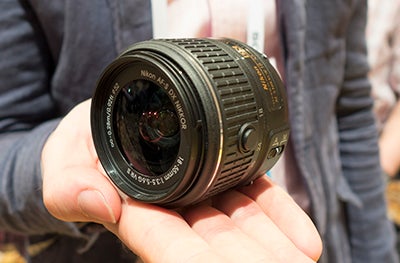
As well as being lighter and smaller than the previous 18-55mm kit lens, the new lens features a new design with regards to control over the zoom.
To extend the lens from 18mm, it’s now necessary to press a button on the side of the lens, much like you do with Nikon’s 1 series lenses.
Missing upgrades
1. Built-in Wi-fi

Nearly every new camera launched on the market these days comes with Wi-fi connectivity as standard. While the Nikon D3300 is capable of connecting to a wireless network, to do so photographers will have to purchase an optional WU-1a adapter.
Not only does the adapter add to the cost of the camera, but it also adds to the bulk of the body and is something of a cumbersome solution in comparison to its competitors.
2. AF system
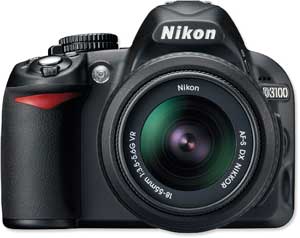
The 11-point autofocus system found on the Nikon D3300 is more than capable, although it’s somewhat disappointing that it hasn’t been updated.
The system first debuted on the Nikon D3100, and as such is now nearly four years – and three generations – old. Over such a time features normally drip down from higher-end models.




